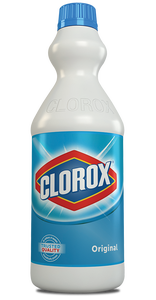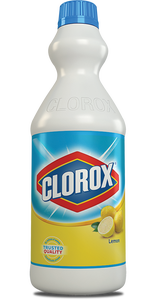Mold and Your Health

What makes mold grow in my home?
Mold can grow anywhere there’s an organic food source and moisture. Under the right conditions, mold can appear in just 48 hours. Mold can even feed on oils found on smooth surfaces that aren’t regularly cleaned.
How do I know if there is mold in my home?
Mold appears as discolored patches on surfaces, such as black stains in your grout or red stains on your shower curtain. Whenever you detect mold, it’s time to disinfect.
Where might I find mold?
Researchers at the University of Arizona evaluated 160 homes throughout the United States and found the presence of mold in 100 percent of those sampled.1 The highest levels were found in places people normally overlook: window sills, refrigerator seals, under the kitchen sink, air registers and entryways.
How can I remove mold?
Soap and detergents can remove mold stains, but do not actually kill mold. And, any mold left behind after cleaning can quickly regrow.
When used as directed, regular cleaning with bleach-based products can kill mold and mildew. You should clean visible mold on nonporous surfaces (hard plastic, concrete, glass, metal). For more details on how to remove mold, take a look at How to Clean Mold in the Shower and on Bathroom Walls.
Is mold bad for my health?
Most of the time, a low level of mold will have little effect on you. However, if you are allergic to mold or have asthma or other respiratory problems, mold in your home can affect your health. Exposure to indoor mold has been shown to exacerbate asthma symptoms in sensitive individuals.2
How can I prevent mold from colonizing?
The best way to control indoor mold is to stop it at the source. Mold is most likely to grow in homes that are damp, have high humidity levels due to daily activities such as showering and cooking, or have cold surfaces on which moisture can condense.
First on your list of preventive measures is to kill mold by cleaning hard surfaces regularly with Clorox® Bleach or Clorox® Scented Bleach.
Other tips for controlling mold:
- Vacuum and clean regularly.
- Do not carpet bathrooms or basements.
- Make sure your home has adequate ventilation.
- Increase the use of exhaust fans in bathroom and kitchens.
- Reynolds KA, et al. (2012). Occurrence of household mold and efficacy of sodium hypochlorite disinfection. DIO: https://doi.org/10.1080/15459624.2012.724650
- Bush RK, et al. (2006). The medical effect of mold exposure. https://www.ncbi.nlm.nih.gov/pubmed/16514772
Products You Can Use
Advice From Our Experts
-
 How-To
How-To
-
 How-To
How-To
-
 How-To
How-To

